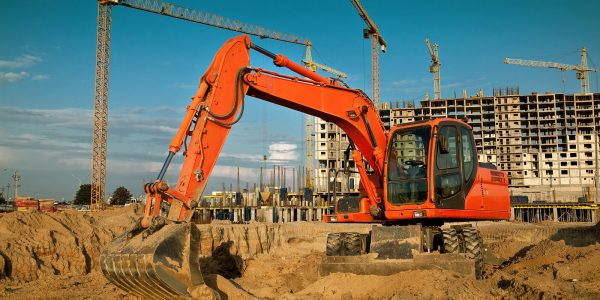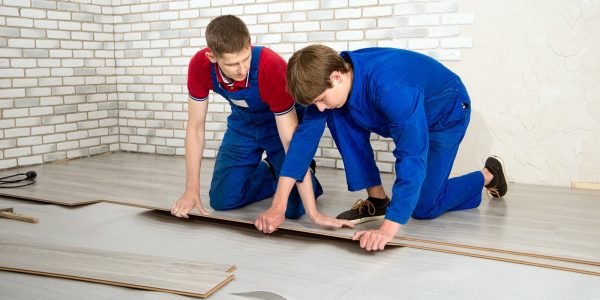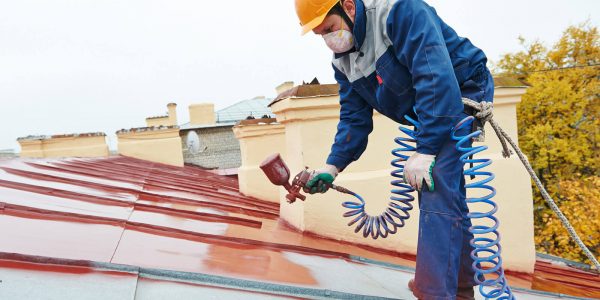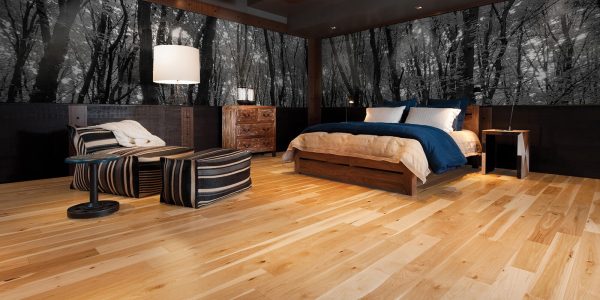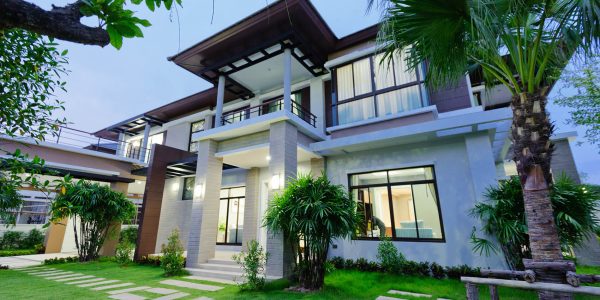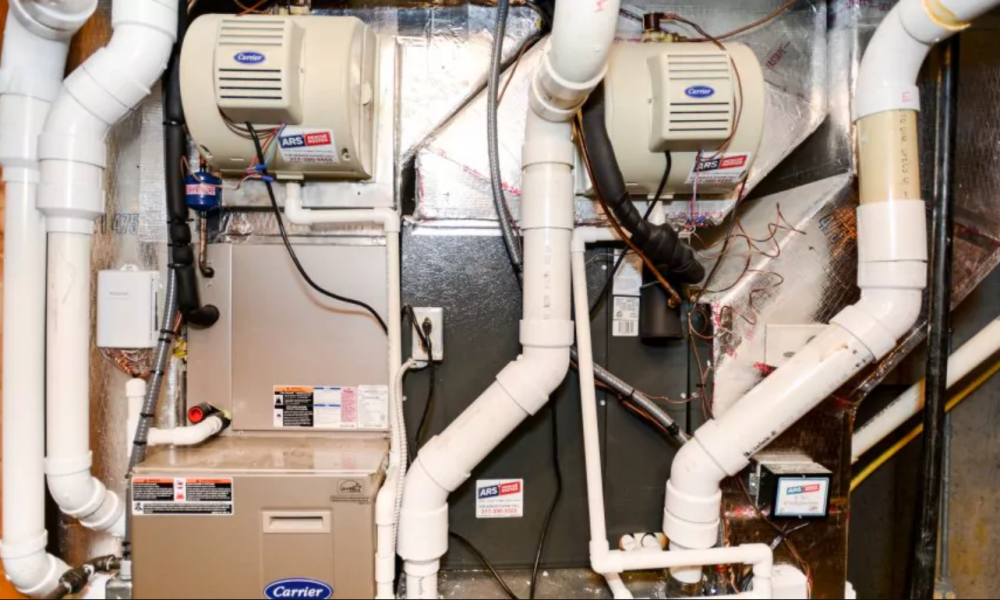
Find the right furnace
The first thing you’ll need to consider is the type of furnace to install. Since most furnaces last between 15 and 20 years, chances are the choices now available didn’t exist when your original unit was purchased.
Furnace efficiency
Furnace efficiency is the next consideration. Older-model furnaces were often rated 80 percent efficient or less, which means 20 percent of the heat generated was lost to waste. Many new models are rated 90 percent or better, with some in the 94 to 95 percent range. This small jump in efficiency translates to a decrease in utility costs.
BEFORE THE JOB
Our trained technicians begin with a pre-cleaning inspection and consultation.
AFTER THE JOB
When the job is complete, we conduct a final inspection with before-and-after photos.
In the end, our technicians leave your home the way they found it. There’s no mess, and everything is returned to its original location
Furnace labor costs
Installing a furnace also comes with labor costs. The price of labor isn’t fixed, but many companies charge approximately $75 per hour for a licensed installer and $50 for a helper. For an 8-hour install, this comes to $1,000 for labor alone. Install costs may run higher if extensive duct work repair or modification is necessary, or if a new furnace is significantly smaller or larger than an existing unit.
Warranties
Two warranties govern furnace installs and function. The first is the manufacturer’s warranty, which comes with the furnace and protects against defects in the furnace itself, such as inoperable fans or pilot lights that won’t stay lit. A contractor’s warranty covers the labor involved to make repairs if the furnace doesn’t work properly and is often good for a period of 5 to 10 years. Some contractors charge more for extended warranties.

